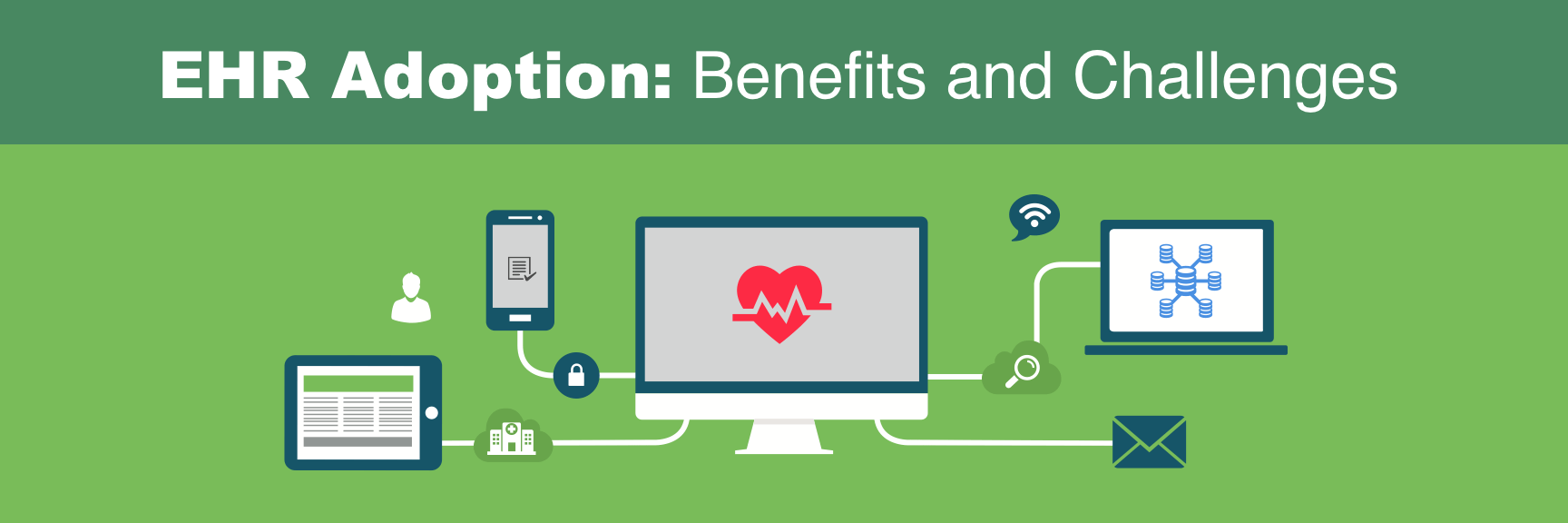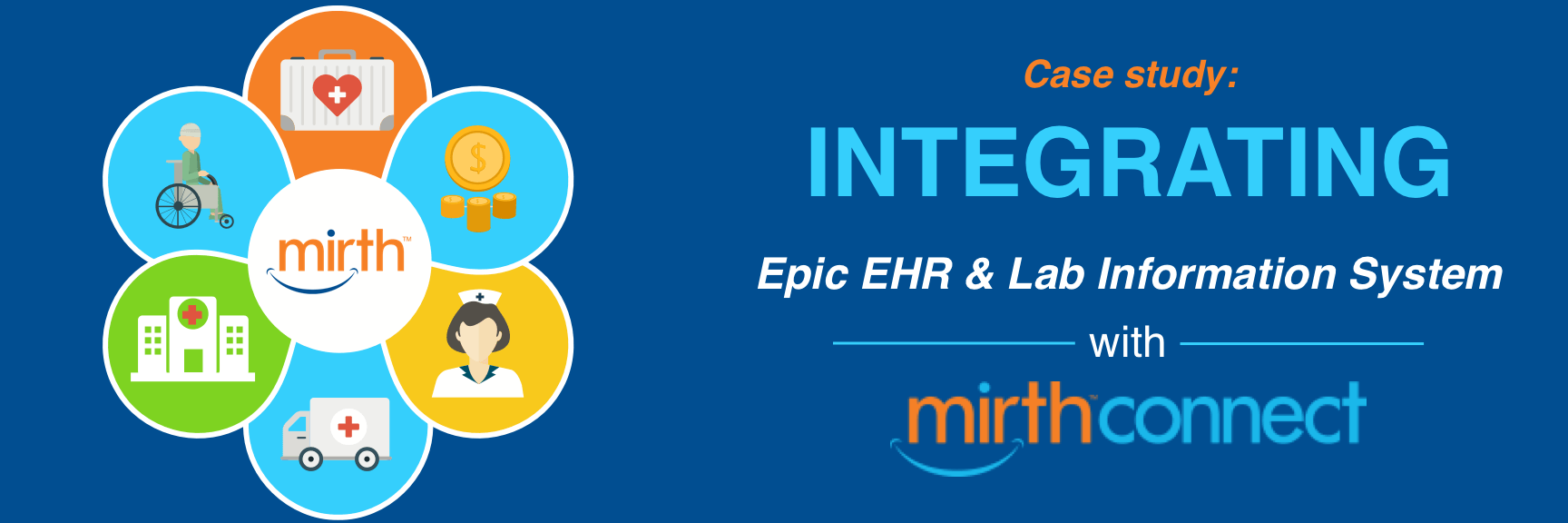Effective doctor-patient communication is a key to building strong therapeutic relationships between both. For high-quality health care services, patient satisfaction is important and only effective communication can make patients content. Thanks to the technological advancements and the digitization of the healthcare industry, healthcare providers today can communicate with their patients easily. Not only technology has saved thousands of dollars that were lost due to missed appointments, but it has also significantly reduced the cost associated with the traditional inefficient paper processes.
Phone Calls
Phone calls, the traditional way of communicating with patients is still alive because it is the most reliable way of ensuring that the intended recipient has received your message clearly. However, more convenient methods such as SMSs and emails are replacing traditional phone calls because they are time consuming.
Social Media
The tech-savvy world is now becoming increasingly interested in interacting with the healthcare professionals over the social media. The younger generation is attracted towards this platform . However, it’s not a very feasible way of communication for older age groups and, therefore, SMS and Emails are more popular than their social media counterparts.
Emails
Emails are gradually becoming an indispensable part of the healthcare industry. Patients have become more comfortable with emailing their healthcare providers to schedule appointments, request refills on medication, discuss laboratory results and consult doctors on minor health issues.
SMSs
SMS is the easiest and the most efficient way to communicate with doctors or patients. Whether for sending motivational messages, outpatient follow-ups, shift planning, rescheduling appointments, appointment reminder or for medication reminder, SMS can meet all information challenges in a medical environment.
For most patients and even physicians, text messages and emails are the most effective method of communication. But with new technology comes new privacy issues. The healthcare industry has a unique set of challenges to consider when it comes to IT infrastructure. One challenge is to focus on systems that support HIPAA compliance and , prioritize the security of personal health information (PHI). Intentional or unintentional practices that involve breaching of PHI may lead to hefty HIPAA penalties.
 The HIPAA Security Rule
The HIPAA Security Rule
The HIPAA Security Rule or HIPAA (the Health Insurance Portability and Accountability Act) includes specific physical, technical, and administrative guidelines to prevent the breach of sensitive healthcare information when at rest or in transit. Under this law, it is clearly stated that patient information with any healthcare provider should be private and that the concerned healthcare firm should give this assurance to the patients.
Well, now the question arises “Are Emails or SMSs really secure?”. If no, what could be done to solve security issues? Both these mediums have their own advantages and disadvantages. However, privacy challenges can be tackled by implementing the best security practices and by taking certain precautions for protecting sensitive health information.
 Email and HIPAA
Email and HIPAA
Every unencrypted email you send is potentially unsafe. A hacker can easily access that mail by introducing an unsecure server along your email’s path. While Gmail uses SSL/TLS encryption by default, it’s not 100% secure. If your intended recipient is on a server that doesn’t support SSL/TLS security protocol, the email will be sent unencrypted.
SMS and HIPAA
In spite of the availability of numerous secure text messaging applications, SMSs are often insecure and violate the HIPAA rule. Messages containing electronic PHI that can be read by anyone and forwarded to anyone clearly breach HIPAA. They remain unencrypted on the servers of telecommunication providers, and stay on the phones of sender and receiver forever.
 Applying HIPAA to your E-Mail/SMS Protocol
Applying HIPAA to your E-Mail/SMS Protocol
HIPAA mandates healthcare service providers to follow certain guidelines in order to protect PHI and give a sense of security to patients. It’s important that the healthcare physicians should have a better understanding of a set of rules that apply to their medical practices in order to protect themselves from harsh penalties.
The HIPAA compliant security best practices call for much stronger encryption. Apart from that, certain precautionary measures could be taken when using SMS/email in order to avoid data breaches and unauthorized disclosures.
Following are some of the ways of applying HIPAA to your email/SMS protocol:
- Document the patient’s permission to receive communication by email.
- Use an EHR (Electronic Health Records) system with a patient portal function.
- Implement or outsource the development of a secure email application that is HIPAA Compliant.
- Implement a security system to help ensure that the information you’re receiving from your patient is authentic and verified in the first place.
- Encrypt transmitted files manually.
- Sign an agreement to never forward information to a third party without the patient’s consent and never use his mail in a marketing scheme.
Both email and SMS have been around for some time now. These powerful tools have a lot of potential to simplify lives, but some people exploit their powers, which calls for stringent rules and regulations. These communication mediums must be respected for their powers. It’s good to leverage technology to enhance your patient’s experience, but make sure you are in compliance with the guidelines as set by the authorities.










